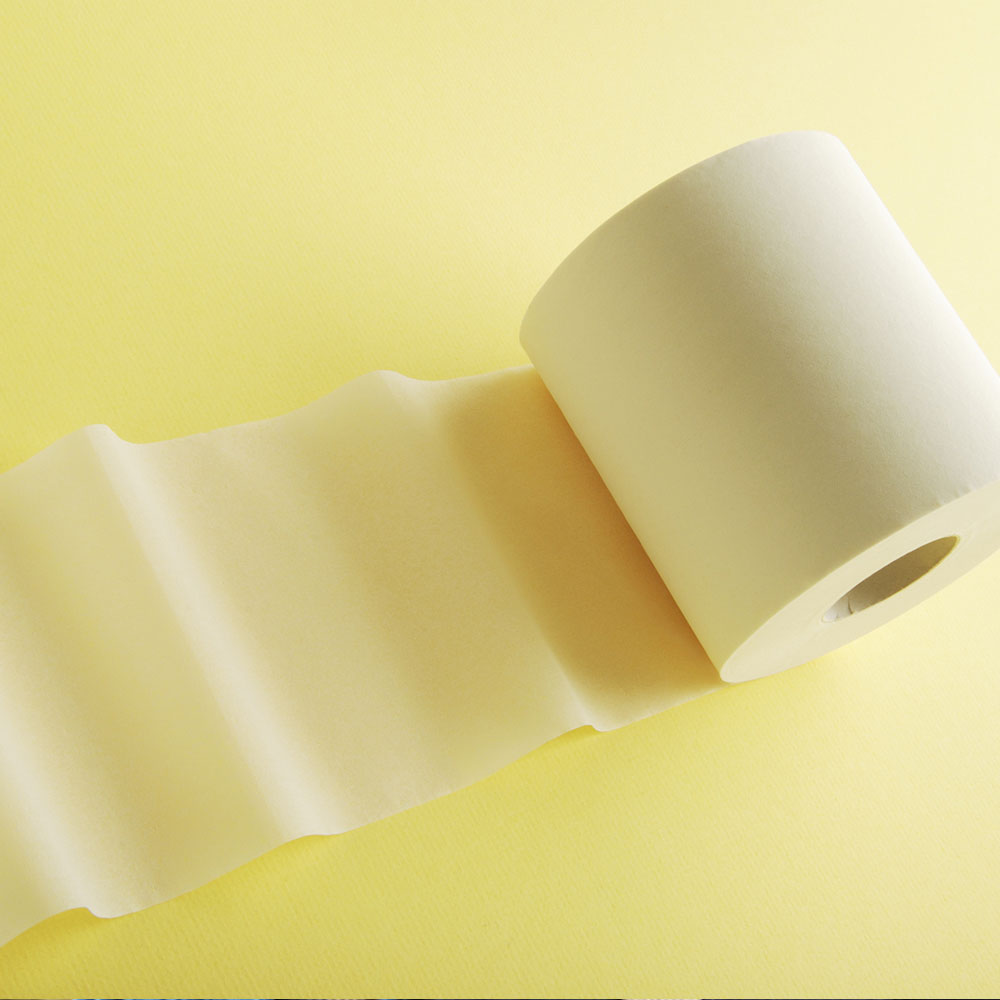
Overactive Bladder - Causes and Treatment
Share
Overactive Bladder (OAB), similar to frequent urination, is characterised by a sudden and often uncontrollable urge to urinate (more than 7 times in a day). In a normal functioning bladder, signals in the brain will let you know when your bladder is full, however with OAB, this can happen even when the bladder isn’t full. In some instances, people will leak urine as a result of this urge. If the urge is persistently accompanied by urinary leakage, you might be experiencing urge incontinence.
Overactive bladder can affect people of any age, however is most commonly experienced by women, closely followed by men. Studies how found that up to 1 in 6 adults in the UK will experience some form of overactive bladder1, and this can have a detrimental impact on quality of life. The constant urge to go to the toilet can affect confidence while travelling and carrying out day to day activities such as grocery shopping, and make sufferers feel anxious, embarrassed and stressed.
Overactive bladder symptoms
Overactive bladder, frequent urination and urge incontinence are all very similar in the sense that they are all identified by a constant urge to urinate. However symptoms of an overactive bladder in particular include:
- Needing go to toilet in excess of 7 times a day
- Needing to get up more than once in the night to use the loo – also known as ‘nocturia’
- A constant and overwhelming urge to wee, sometimes when your bladder isn’t even full
- Leaking urine during sex
Overactive bladder causes
- Nerve signals not working properly
In a healthy bladder, signals in your brain will let you know when your bladder is full and that you should go to the toilet. If these signals aren’t working correctly, overactive bladder (OAB) can often result. This can occur even when your bladder is empty which can be quite disruptive and frustrating.
- Muscle overactivity
When the muscles in the bladder are too active, they contract making you feel as if you need to pass urine before your bladder is full. This creates an overwhelming need to urinate, which is commonly
Lifestyle changes such as increasing your fluid intake, especially caffeinated beverages and alcohol, can result in frequent urination. Pregnancy can also place additional pressure on the bladder resulting in need to wee more often.
Psychological factors such as stress and anxiety can also lead to urinary frequency, as can more physical health conditions such as urinary tract infections, inflammation of the bladder and more serious conditions such as cancer. If you feel like your urge to urinate has increased dramatically and it’s impacting your well-being, you should consult a GP to rule out larger health concerns.
- Overactive bladder in women
Overactive bladder is more common in women than men, and tends to become more prevalent post menopause. This is thought to be related to the drop in oestrogen levels that occurs at this life stage.
- Overactive bladder in men
Overactive bladder in men is often a result of an enlarged prostate. As the gland swells, it can block the flow of urine resulting in the urge to urinate2. Treating prostate issues has been shown to help alleviate the symptoms of an overactive bladder.
- Overactive bladder at night
Overactive bladder at night is also known as ‘nocturia’ and is characterised when you need to get up more than once in the night to use the toilet. Most people won’t need to wake up for the toilet when sleeping 6-8 eight hours, so if you find that you’re up more than once in the night for the loo, you may be experiencing nocturia. Nocturia is more common in people over 602.
Overactive bladder treatments
- Medication
Medication can be prescribed to help alleviate the symptoms of an overactive bladder, however there are side effects for some patients ranging from dry eyes and dry mouth to constipation.
- Botox
Botox can be injected into the bladder muscles to calm them down and stop them from contracting so often. The effects of Botox on an overactive bladder generally last around 6 months.
- Pelvic floor exercises
Pelvic floor exercises can also help alleviate symptoms by strengthening the pelvic floor muscles and giving you greater control of bladder function. You can do these yourself with the help of our invisible workout podcast series with Pelvic Floor Expert Jane Wake, or you could try INNOVO, which strengthens your pelvic floor muscles for you, and which is particularly helpful for women who have had children, and those with very weak pelvic floor muscles.
INNOVO is a clinically proven, truly non-invasive and long-lasting solution to urinary incontinence. Easy to use and comfortable to wear, INNOVO helps you safely and effortlessly strengthen and re-educate the entire network of pelvic floor muscles through gentle muscle stimulation.
Using INNOVO for just 30 minutes a day/five days a week over 12 weeks has been proven to treat bladder weakness – delivering results in as little as four weeks3.
INNOVO treats Stress, Urge & Mixed Incontinence in both women and men of all ages, and is the only non-invasive pelvic floor exerciser that targets the root cause of the problem. INNOVO’s Urge Incontinence treatment programme can help with an overactive bladder as the stimulations are designed to calm down the muscles spasms that occur in OAB and which trigger your constant need to use the loo.
A clinical study found that:
- 80% of users saw a significant reduction in leaks after just 4 weeks4
- 87% of users were defined as either dry or almost dry after 12 weeks5
- 90% of users would recommend the therapy to others6
